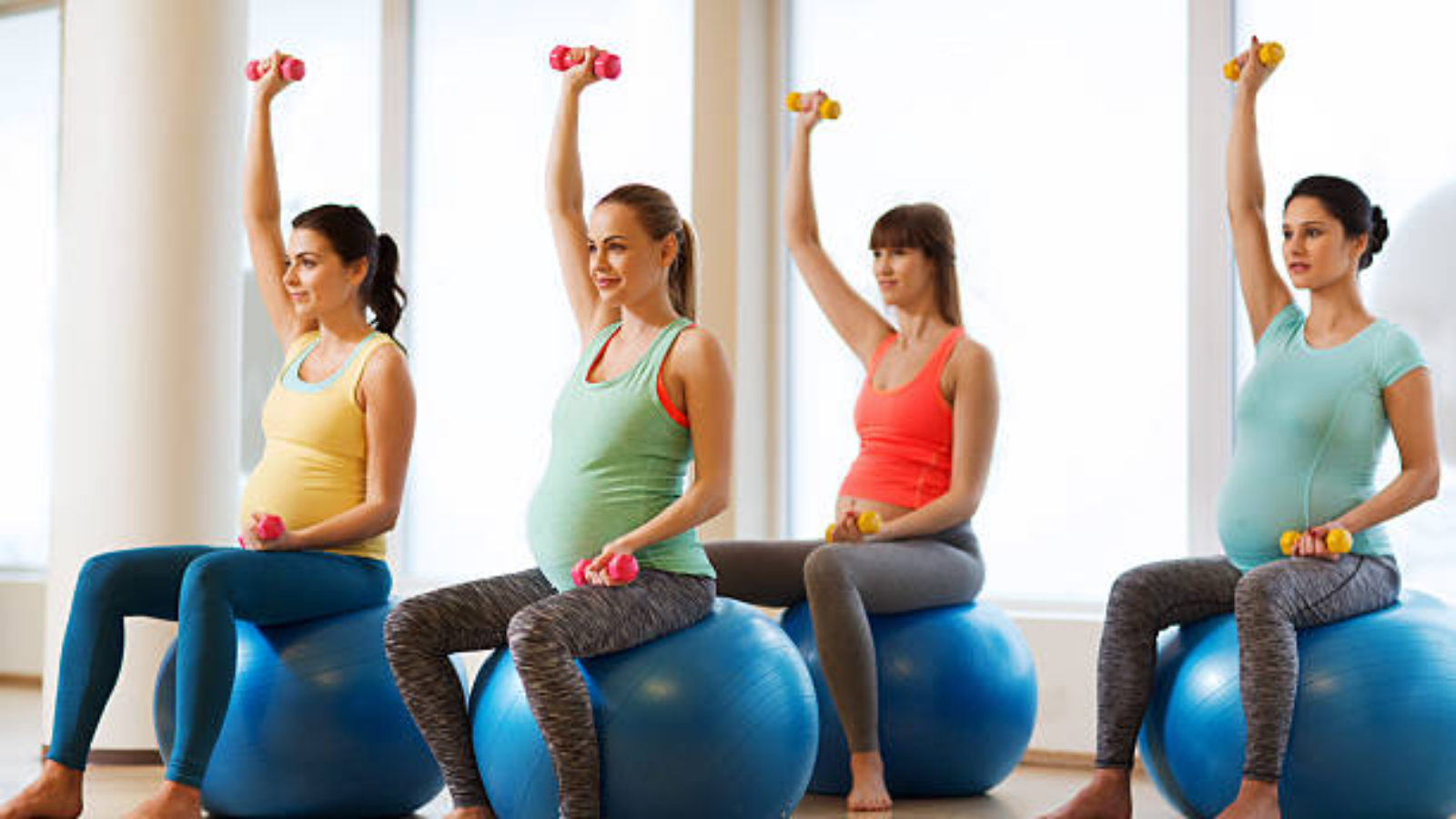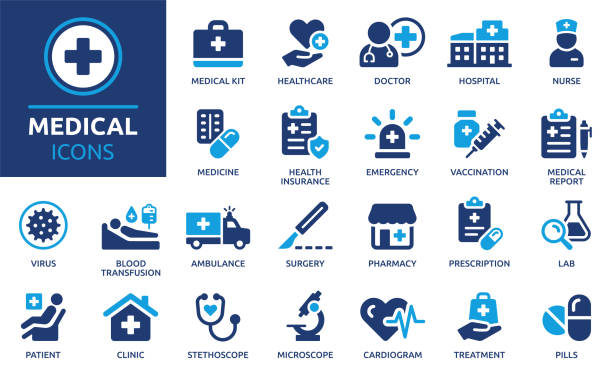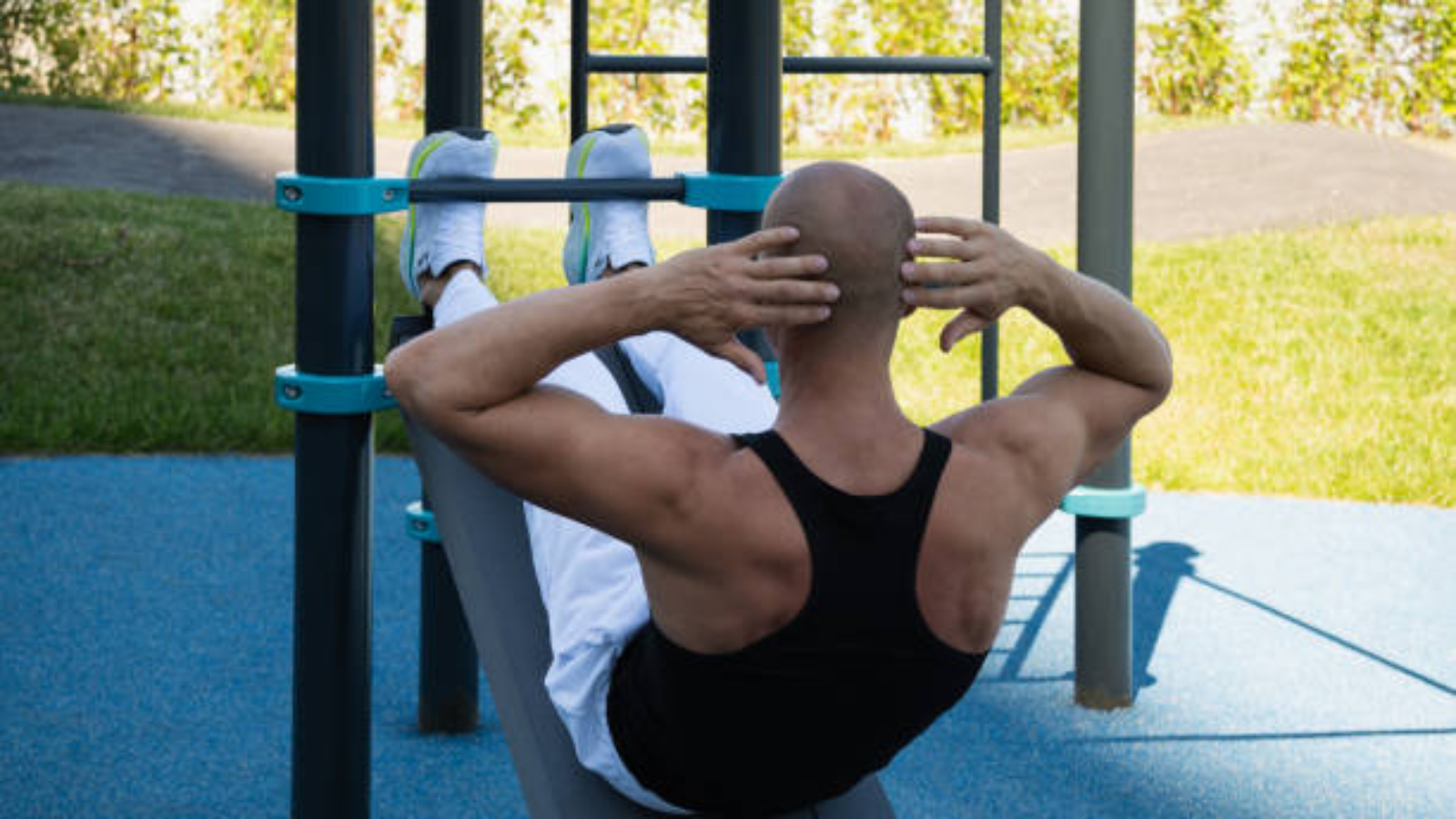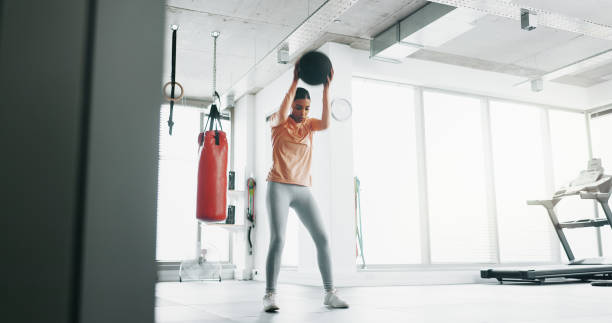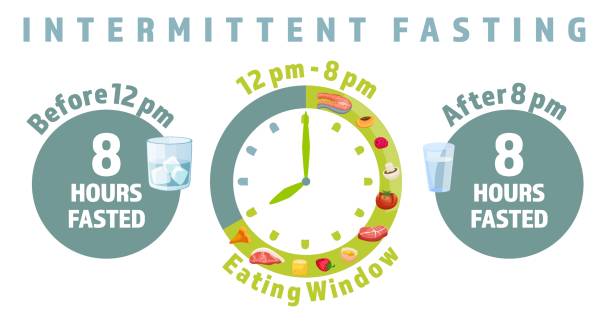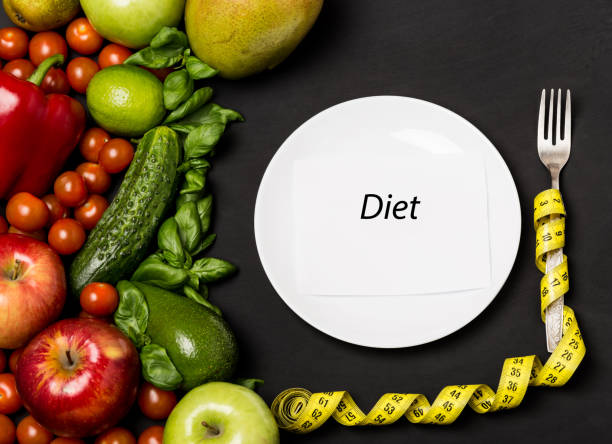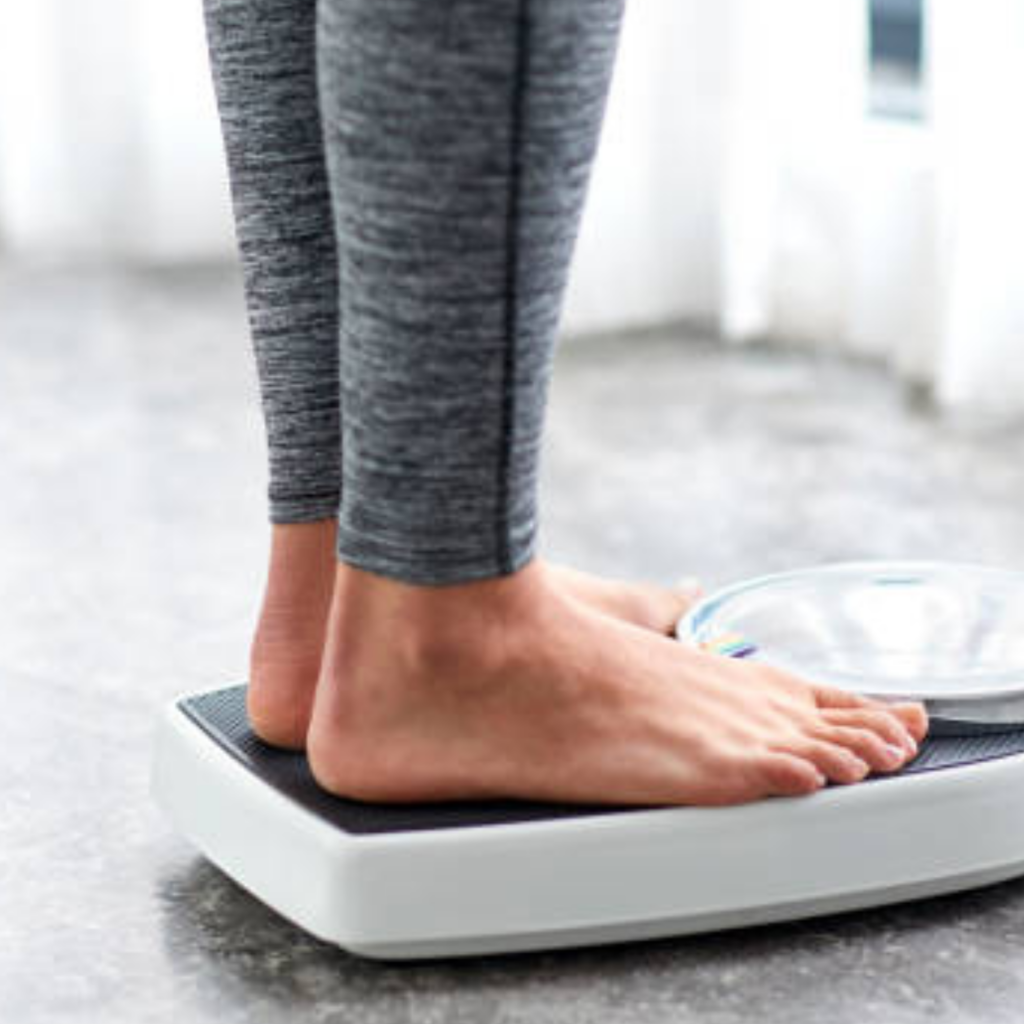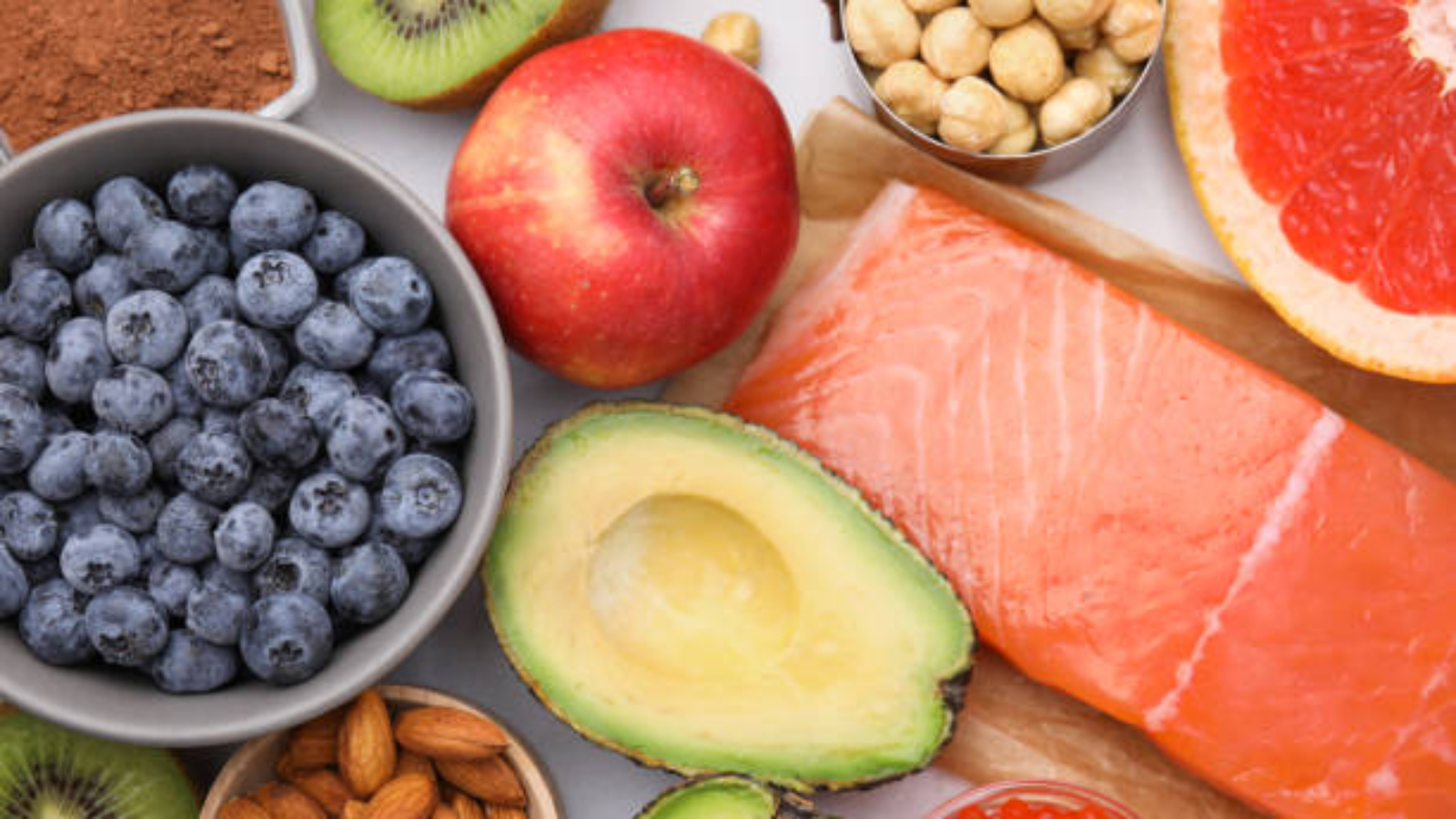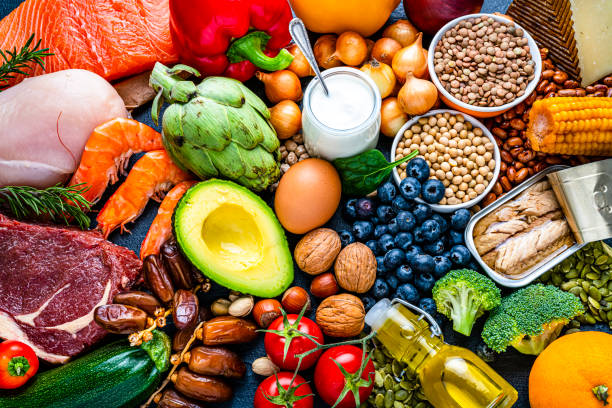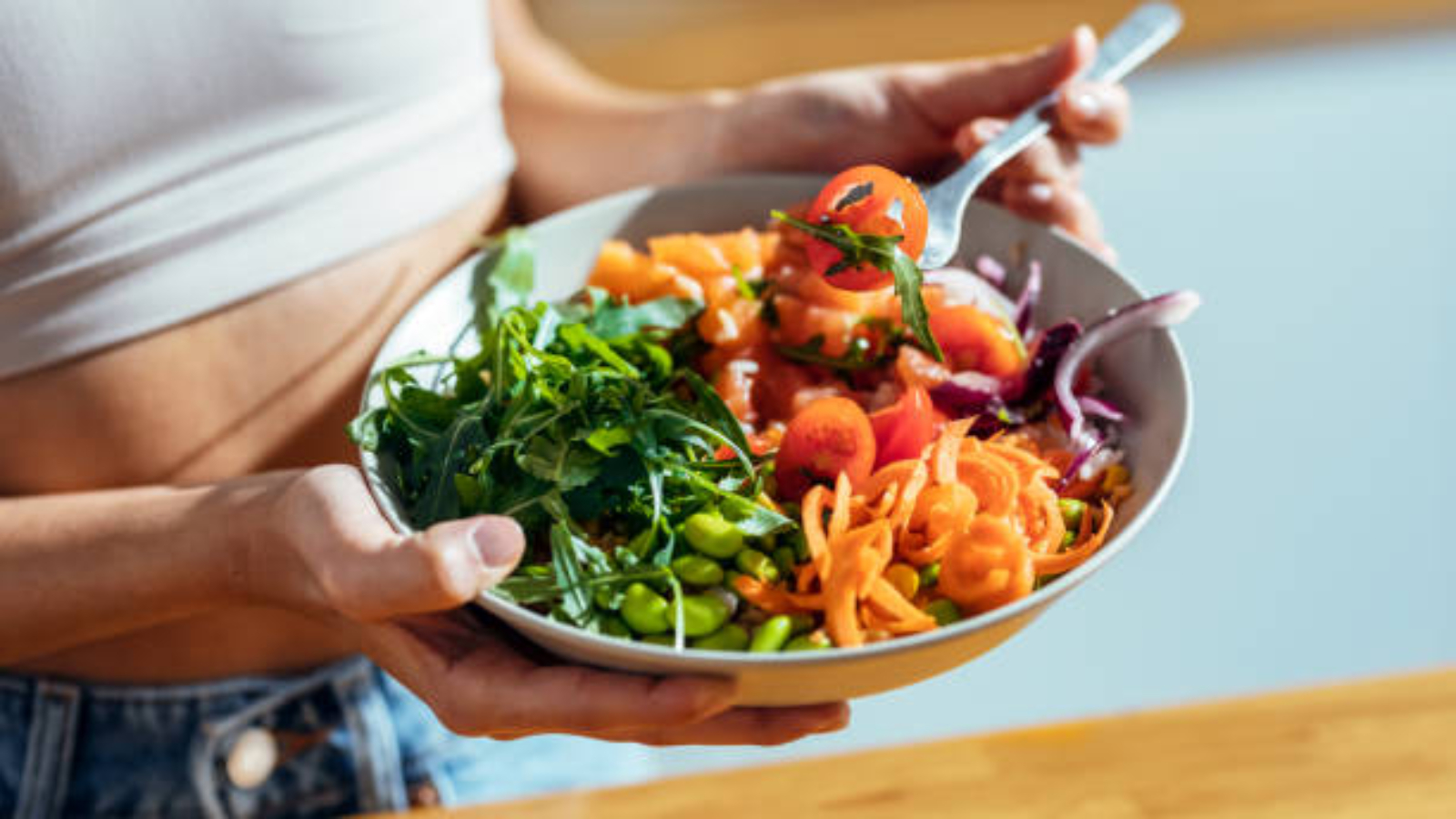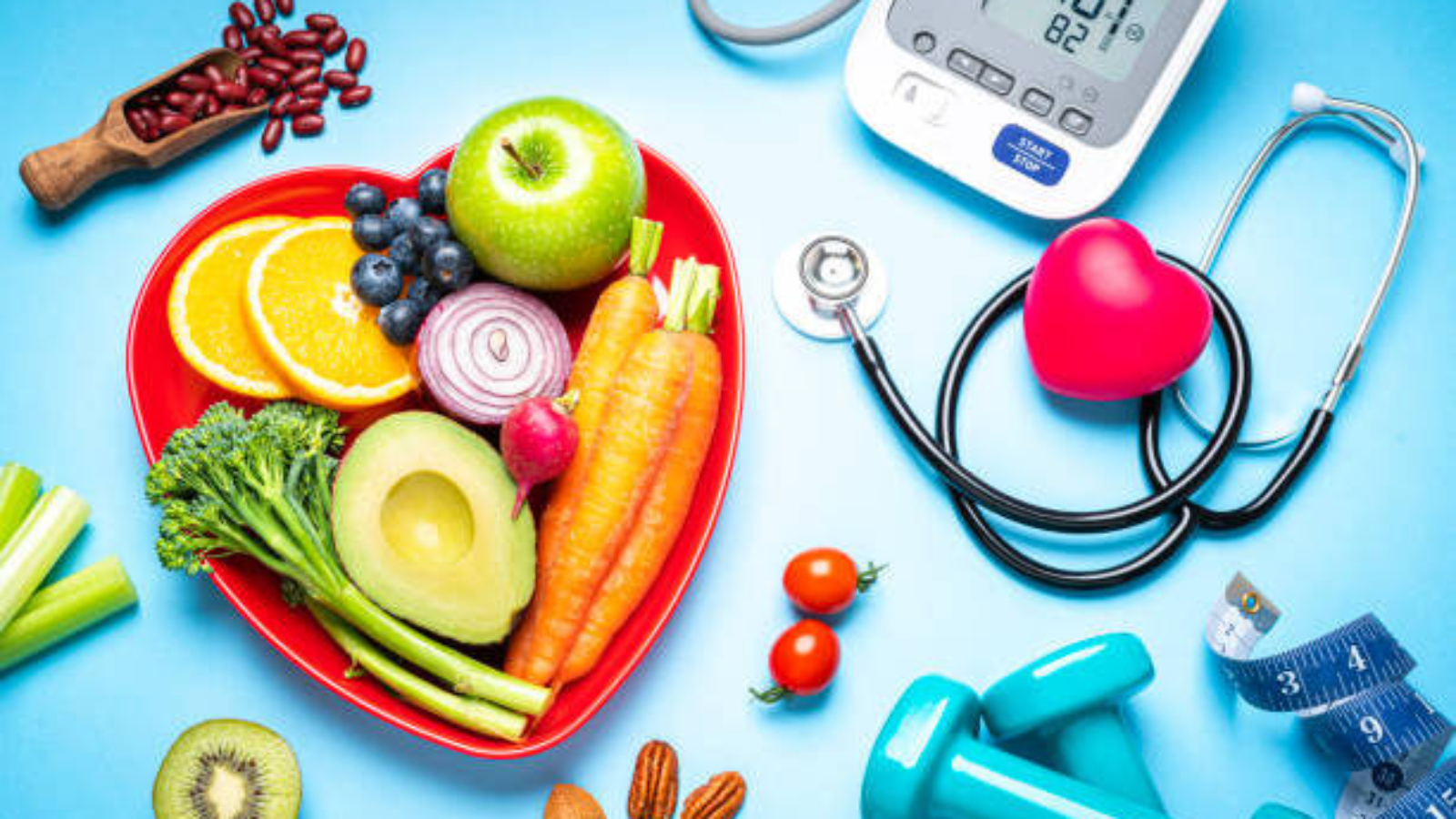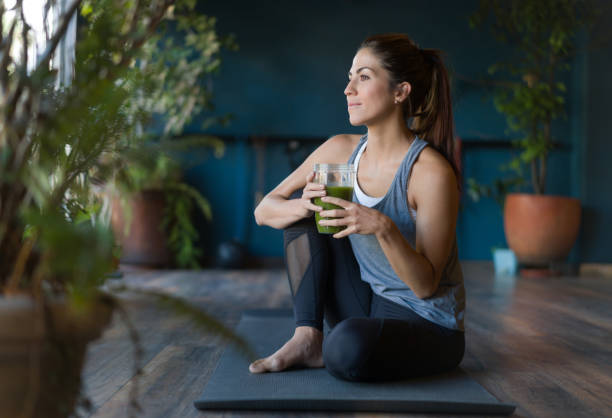Pregnancy is a miraculous journey, but it’s not without its challenges. For many expecting mothers, morning sickness is one of the first hurdles to overcome. If you’re reading this, you or someone you care about might be navigating this tricky phase. I’ve been there, and I want to share what worked for me and countless other moms—natural remedies that ease morning sickness without compromising your well-being or that of your baby.
Understanding Morning Sickness
Morning sickness typically strikes during the first trimester, although its name is misleading—the nausea and vomiting can occur at any time of the day. According to the American College of Obstetricians and Gynecologists (ACOG), over 70% of pregnant women experience morning sickness, with symptoms ranging from mild nausea to more severe conditions like hyperemesis gravidarum.
The exact cause isn’t fully understood, but hormonal changes, particularly an increase in human chorionic gonadotropin (hCG) and estrogen levels, are believed to play a significant role.
My Experience with Morning Sickness
I still remember the first wave of nausea during my pregnancy. It was early morning, and the smell of coffee, which I normally loved, made me rush to the bathroom. For weeks, I felt trapped in a cycle of nausea and fatigue. I tried several remedies, and while some didn’t work, others became lifesavers. Here, I’ll share the best of those remedies, backed by personal experience and expert advice.
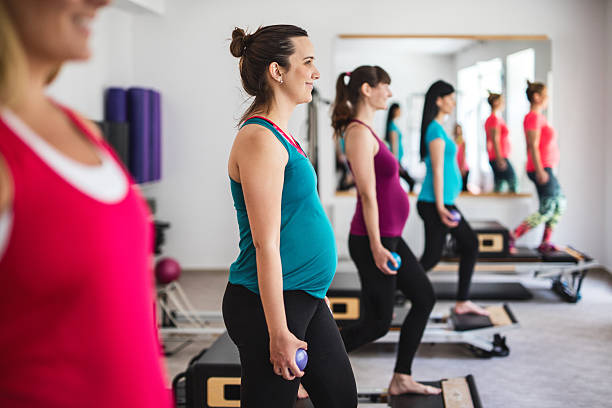
Top 10 Natural Remedies for Morning Sickness
1. Ginger: Nature’s Anti-Nausea Remedy
Ginger was my go-to remedy. Whether it was ginger tea, ginger candies, or even grated ginger in hot water, it worked wonders. A 2014 study published in the journal Obstetrics & Gynecology found that ginger significantly reduced nausea in pregnant women.
“Ginger tea became my morning ritual. It was comforting and soothing, and within a few days, I noticed a significant reduction in nausea,” shares Sarah, a fellow mom from my prenatal class.
2. Peppermint
The cooling sensation of peppermint can calm an upset stomach. I kept peppermint essential oil handy and sniffed it whenever nausea hit. Peppermint tea is another great option.
3. Small, Frequent Meals
Eating smaller meals throughout the day stabilized my blood sugar levels and prevented the empty stomach that often triggered nausea. Crackers, toast, and bananas were my staples.
4. Acupressure
Acupressure wristbands, commonly used for motion sickness, became a surprising ally. They apply gentle pressure to the P6 (Neiguan) point on the wrist, which has been shown to alleviate nausea.
5. Lemon’s Zesty Relief
The scent of fresh lemons or sipping lemon water helped cut through nausea. I even carried a small vial of lemon essential oil in my bag.
“The tangy aroma of lemons was a game-changer for me. I’d sniff a lemon wedge during particularly rough moments,” recalls Emma, a mom of two.
6. Hydration with a Twist
Plain water often made me feel worse, but adding a splash of lemon or cucumber slices made it palatable. Staying hydrated is crucial, especially if vomiting persists.
7. Vitamin B6
Vitamin B6 supplements were recommended by my doctor, and they worked wonders. Studies, including one published in The American Journal of Obstetrics and Gynecology, confirm its efficacy in reducing nausea.
8. Avoiding Triggers
Certain smells and foods made my nausea worse. I quickly learned to identify and avoid these triggers. For me, fried foods and strong perfumes were the main culprits.
9. Rest and Relaxation
Stress and fatigue often exacerbated my symptoms. Practicing prenatal yoga, deep breathing, and simply taking naps helped me feel more balanced.
10. Eating Before Getting Out of Bed
Keeping crackers on my bedside table and nibbling a few before getting up in the morning helped curb the initial wave of nausea.
Expert Insights
Dr. Amanda Lewis, a prenatal specialist, advises:
“Morning sickness varies greatly among women, and not every remedy will work for everyone. Experiment with different strategies to find what suits you. If symptoms become severe, consult your healthcare provider immediately.”

When to Seek Medical Help
While morning sickness is common, severe symptoms like excessive vomiting, dehydration, and weight loss may indicate hyperemesis gravidarum. Don’t hesitate to seek medical assistance if you experience these.
Final Thoughts
Morning sickness can feel overwhelming, but remember, it’s a temporary phase. The remedies above helped me regain some control and comfort during those challenging weeks. Most importantly, be kind to yourself and know that seeking help is a sign of strength, not weakness.
References
- American College of Obstetricians and Gynecologists (ACOG). (2020). Nausea and Vomiting During Pregnancy.
- Borrelli, F., et al. (2005). Effectiveness and Safety of Ginger in the Treatment of Pregnancy-Induced Nausea and Vomiting. Obstetrics & Gynecology.
- Smith, C., et al. (2014). Vitamin B6 and Ginger in Pregnancy: A Randomized Controlled Trial. The American Journal of Obstetrics and Gynecology.
- Mayo Clinic. (2022). Hyperemesis Gravidarum.
Notes
Meta Description: Discover natural remedies for morning sickness during pregnancy, featuring personal experiences, expert advice, and proven solutions.
Tags: pregnancy tips, morning sickness remedies, natural pregnancy solutions, first trimester tips, nausea relief pregnancy
Longtail Tags: ways to manage morning sickness naturally, benefits of ginger during pregnancy, best foods for pregnancy nausea, first trimester self-care, how to prevent nausea in pregnancy
